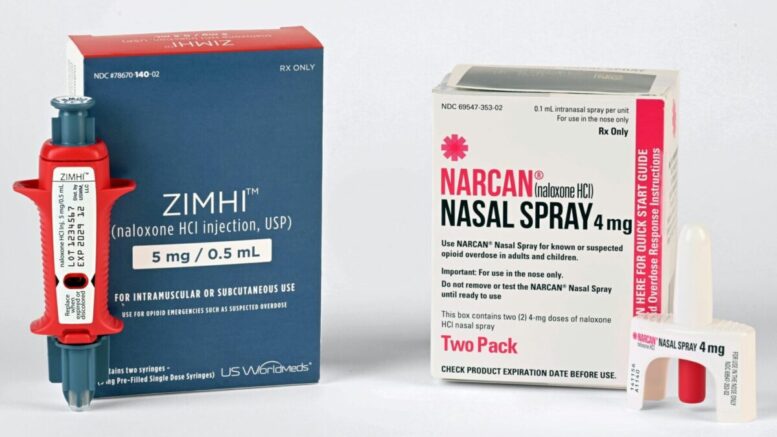Opioid usage is at one of its highest peaks in Toronto homeless shelters, Toronto Public Health says.
From Jan. 19 to 22 alone, Toronto paramedics responded to nine suspected opioid overdose-related deaths, according to TPH.
“As a subculture as a whole, substance consumption has hit like an all-time high,” said Jason Trotman, supervisor at an East York youth shelter. “I cannot honestly imagine a time where it’s been such a high degree of substance use.”
For every 10,000 Toronto residents, 30 are homeless, according to figures from Homes First. More than 30 per cent of the homeless struggle with mental health issues, and more than 25 per cent have an addiction.
The City of Toronto has said non-fatal overdoses have increased over the years in shelters. Since 2018, there have been more than 3,941 non-fatal overdoses and more than 212 fatal overdoses in homeless shelters.
‘Ten minutes away from drugs’
The increase of opioid usage in shelters, including youth shelters, is due to how easy it has become to get your hands on it, said Krystle Brady, who works for Michael Garron Hospital’s withdrawal management services.
“You’re only 10 minutes away from drugs in any part of the city,” Brady said.
Many people seem unaware of why younger generations are starting to resort to such addictions, Trotman said. People have several stereotypes about the youth at these shelters. They assume some of these children are troubled, and that’s why they are at the shelter when, in reality, some could have come from another country to live here with a loved one only to find they are not wanted here either.
“So then sitting there and thinking, well, I’m in this kind of situation, they associate with their crew of people, and the culture they mask themselves into,” Trotman said. “This is what drugs do for them.”
Even the marijuana that people get on the streets these days is laced with other substances, he said.
“People have all these options at their fingertips,” Trotman said.
Isolation increases risk of overdosing
The pandemic played a substantial role in this. Since spaces were limited at shelters and addiction services, more people were doing these drugs alone and buying drugs from people they didn’t know.
“So with the reduction of beds and programming, everything’s gone virtual — not a lot of in-person,” Brady said. “A lot of people have been isolated, and when they isolate and use, that’s the highest risk of overdose…. You can overdose and there’s nobody around you to revive you with either Narcan, oxygen, or to call 911, so their safety is put at risk and this is why we’re seeing a spike in deaths.”

East York is one of the communities lacking resources, such as housing support or shelter beds, Brady said. Wait times for treatment and pre-treatment programs were also longer since spaces were limited. Wait times were as long as four to six months, sometimes even a year.
“So you can imagine having an issue today, and you need to get into a treatment centre,” ” Brady said. “You have to wait six months to get in.”
Even though services are available, several people still struggle to find clean equipment and a safe place to use. Service providers say that additional support and funding are needed for housing and that more facilities need to be opened.

